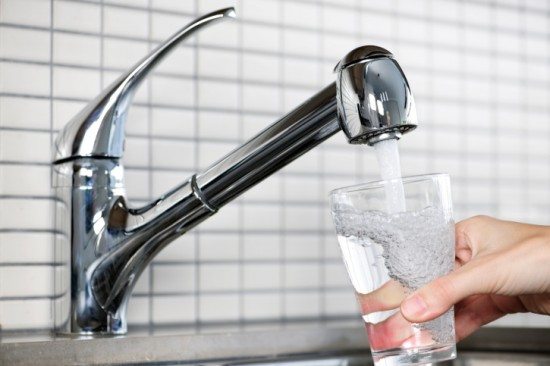Have you ever gone to get a drink of cool refreshing water only to be greeted with the smell of chlorine and wondered how good it is to drink that stuff. You may have even had the same question as you were soaking in the tub or enjoying a nice long hot shower and pretty soon the air started to smell like you were in a swimming pool? Over the past couple of decades researchers have studied the effects of drinking and bathing in chlorinated water and the research may be surprising.
Some research indicates that bathing and showering in chlorinated water may actually be more harmful then drinking it. When we bathe, the hot water causes the pores of the skin to enlarge which allows the body to readily absorb the chlorine and associated chemicals. Other research indicates that when we shower in hot water the Chloroforms have much greater vaporization rates and are easily inhaled and absorbed through the skin. According to research published in the Science News in January 2007 researchers at the Municipal Institute of Medical Research in Barcelona found that people who drink Chlorinated tap water have a 35% increase in bladder cancer than those that didn’t. A similar link was found in those who frequently swam in pools treated with chlorine and also those who bathed in chlorinated water. Other side effects are dry hair and dry itchy skin, and premature aging of the skin.
Chlorine isn’t all bad though, it’s added to the water to act as a disinfectant, therefore protecting us from bacteria and other living organisms that can be in the water. The good news it that is can be very easily removed with some basic filtration methods. The most common way chlorine is removed is with a carbon filter and this can be done at the kitchen sink, refrigerator, drinking fountain, shower, or from all of the water in the home.
Carbon works by absorbing chlorine and other chemicals from the water. Carbon is also very effective at removing dirt and sediments from water.

